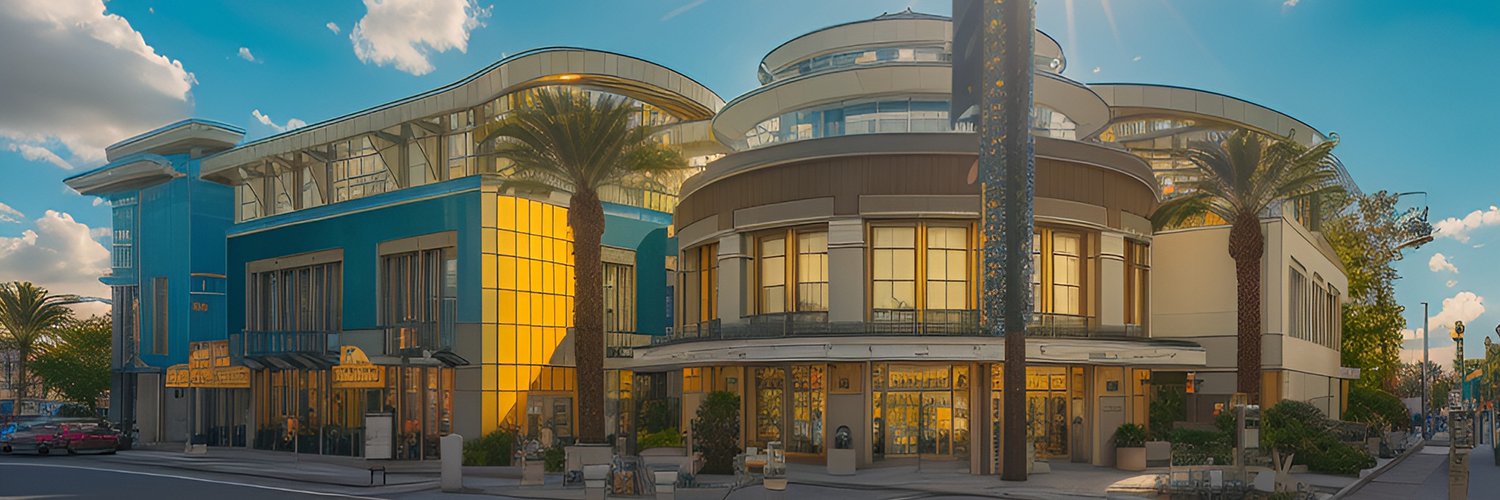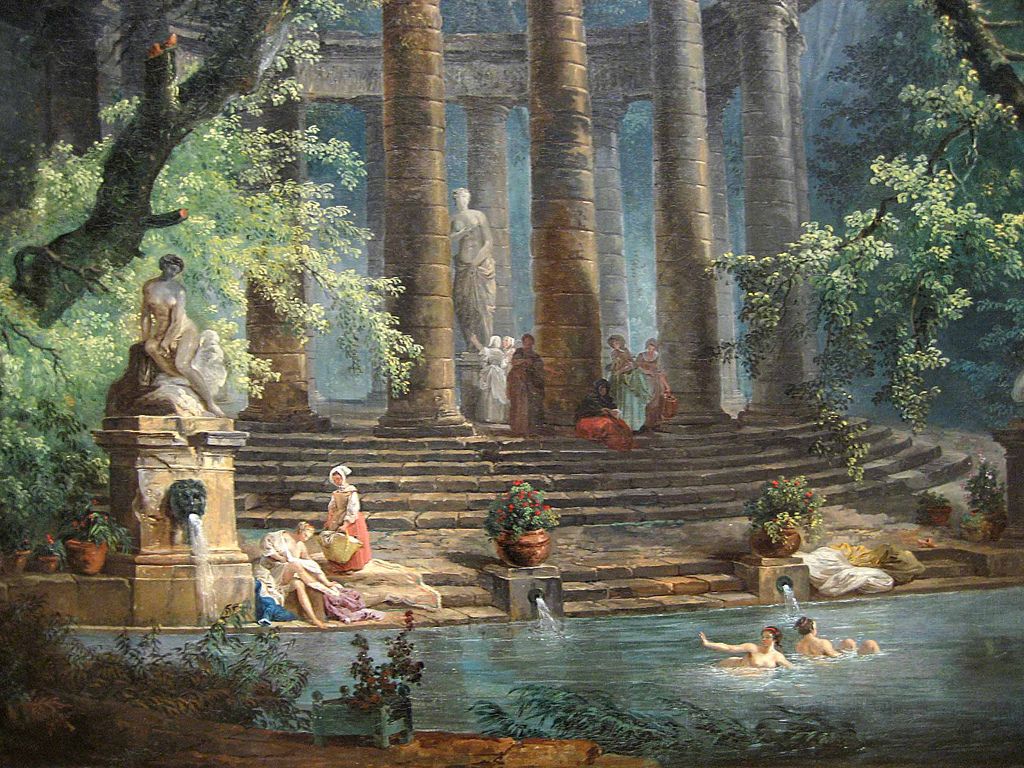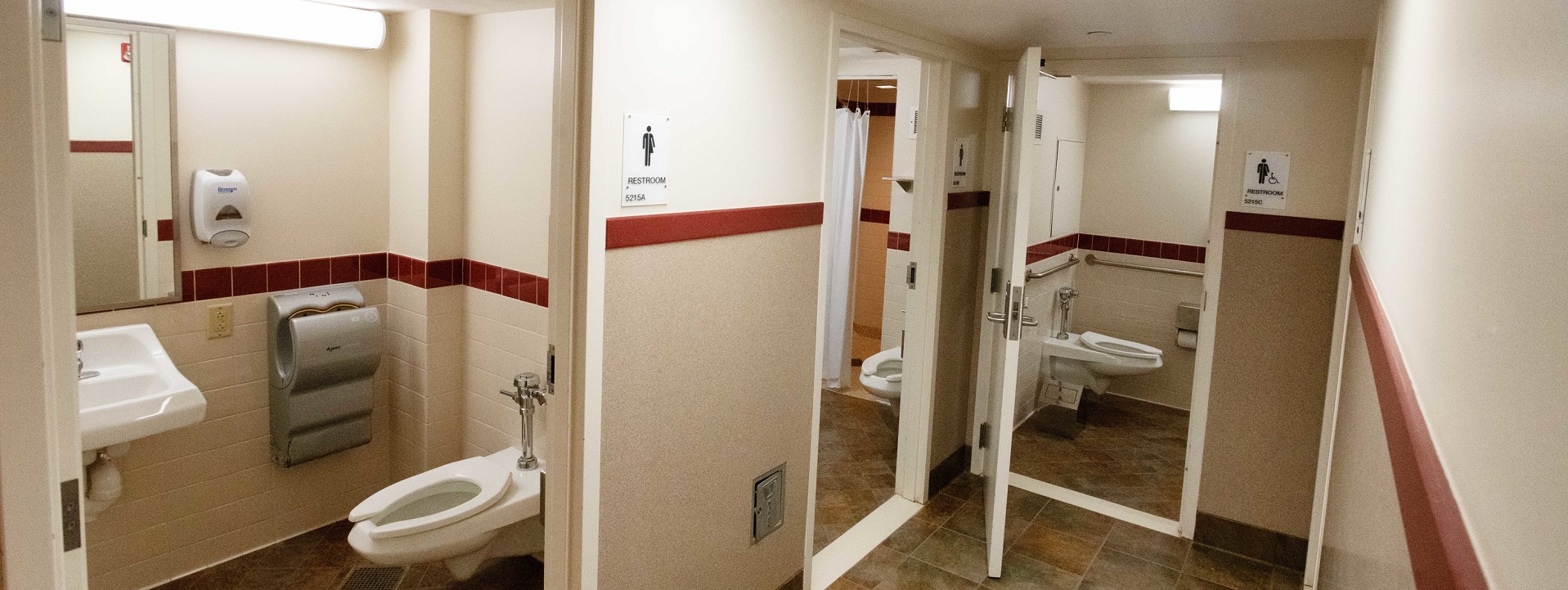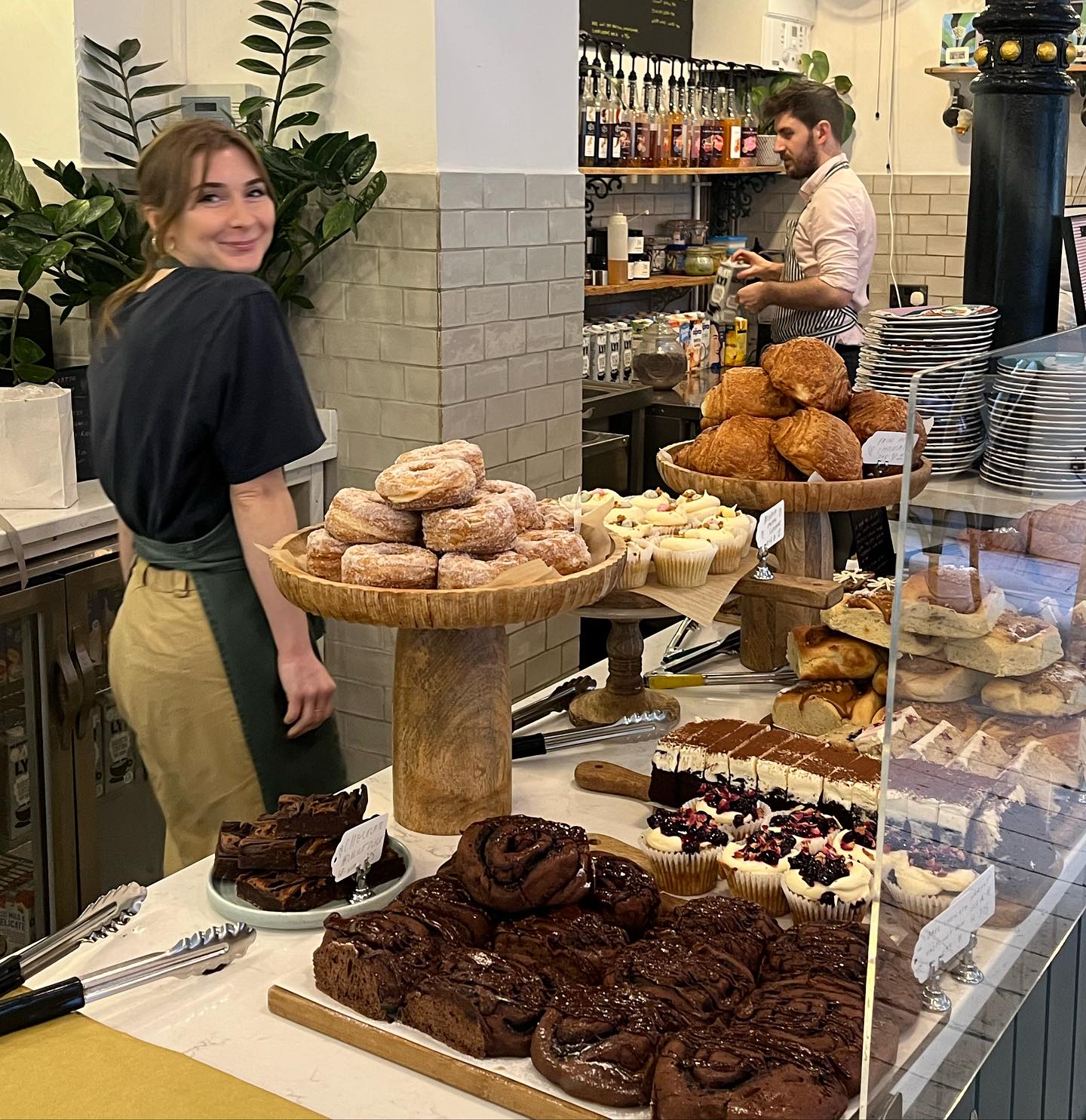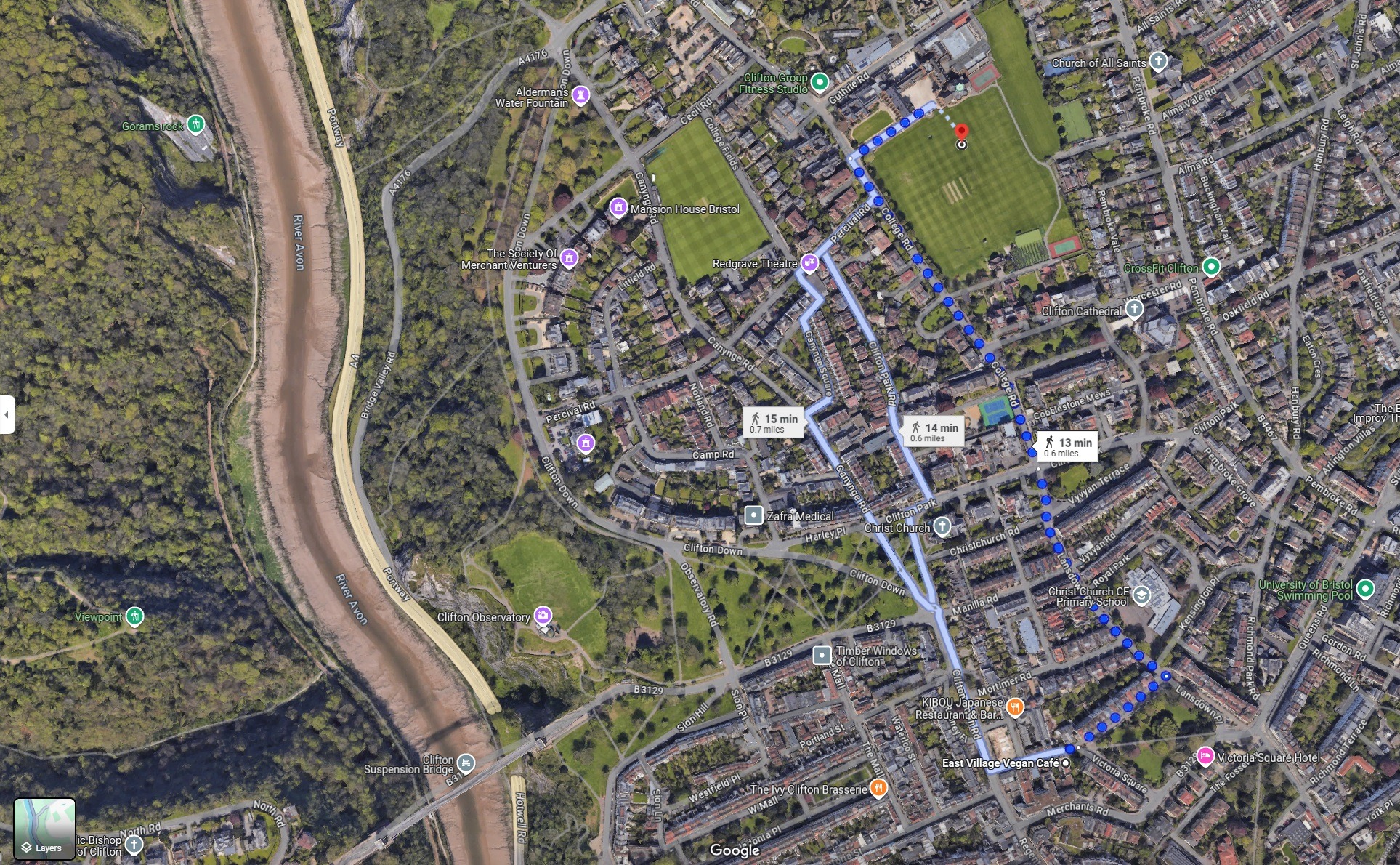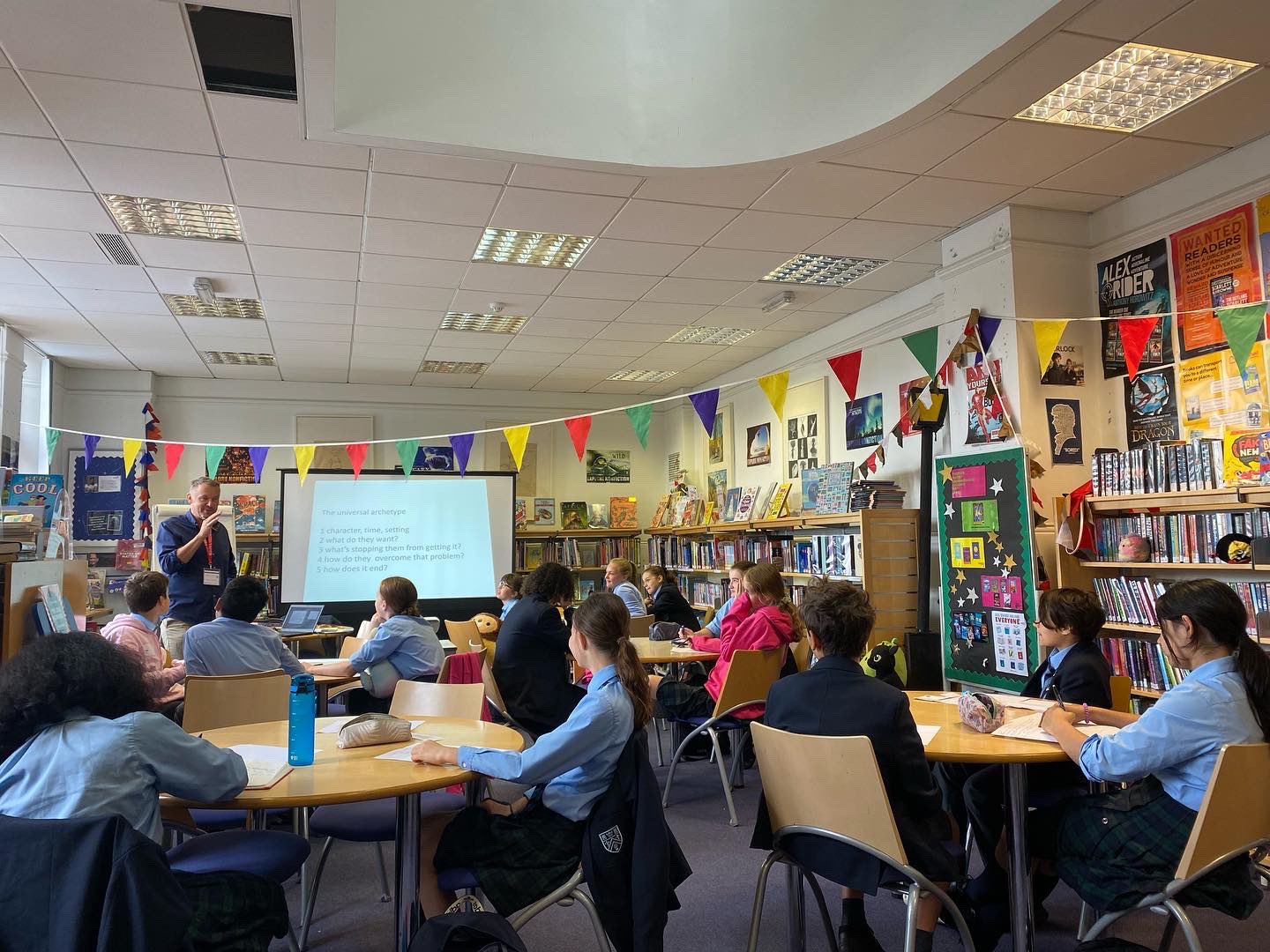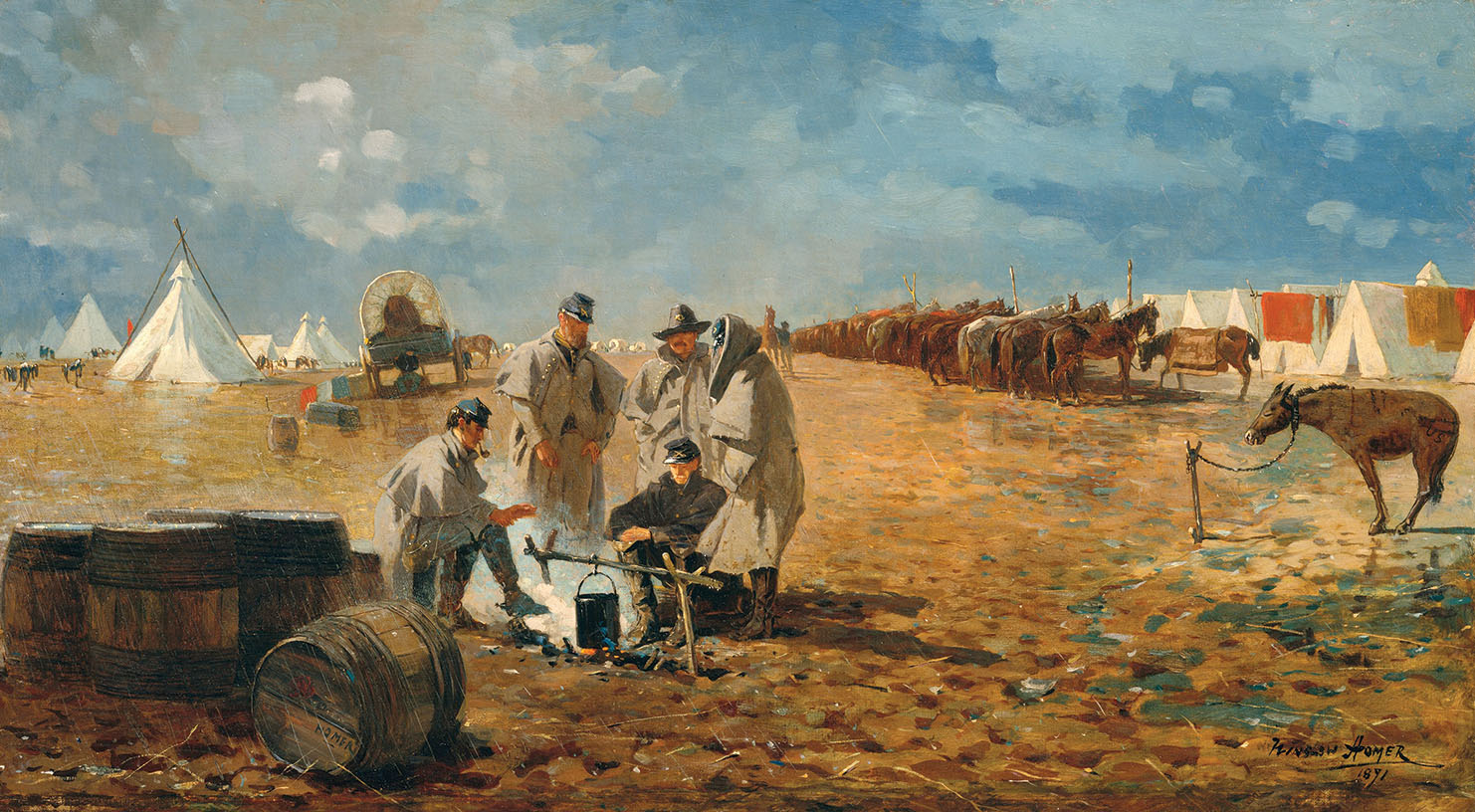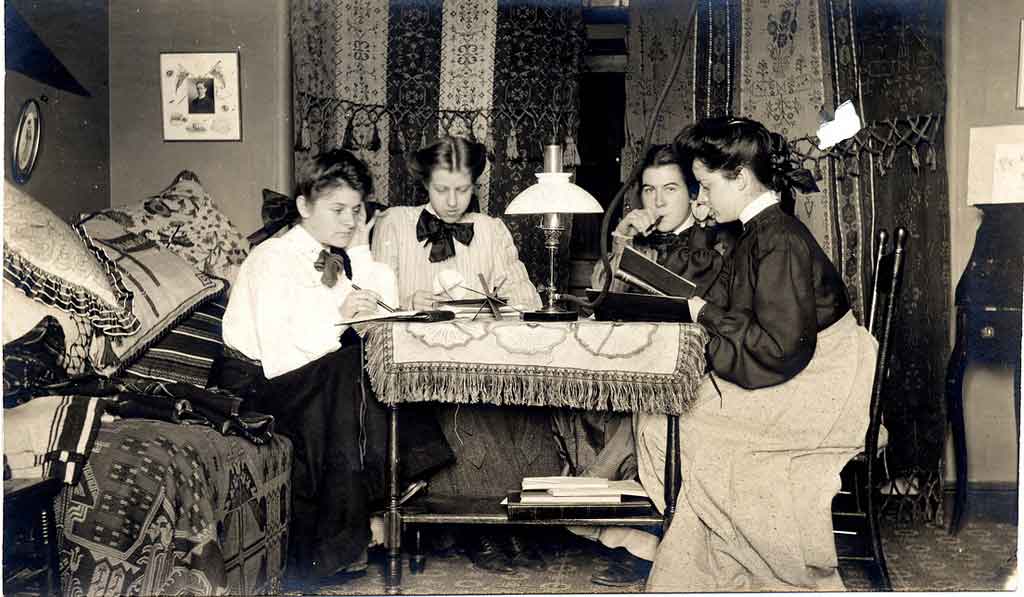Instant coffee is a staple in many people’s lives. Whenever you need a quick pick me up without having to go through the struggle of making an entire cup of coffee from scratch, instant coffee is there and ready. The earliest version of instant coffee was invented in the 18th century in Britain. It was called a “coffee compound” and was patented by the British government. In the United States, instant coffee was developed in 1853. It was tested during the Civil War in cake form, but instant coffee didn’t really take off until later. In 1901, Dr. Satori Kato was able to manufacture a stable powdered coffee, using a process he developed for making instant tea. In 1909, George Constant Louis Washington was able to get a patent and start the mass production of instant coffee, though the coffee was a novelty, it didn’t taste great.
Even though the coffee didn’t taste great, that didn’t stop it from being a staple among soldiers. The coffee got popular, and the mass production really blew up during World War 1. Caffeine provided the boost that soldiers needed while they were away at war and getting ready for battle. Instant coffee made getting that boost easy for soldiers and even after the war was over, still wanted the same instant coffee. Among some soldiers it was nicknamed, “cup of George.”
Instant coffee for the military was a large profitable market that G. Washington Coffee, Nescafe, and others had capitalized on. From 1939 to 1945, during World War 2, Nescafe and other brands of instant coffee supplied large quantities to the military. During one year of the war the U.S. military bought more than one million cases of Nescafe, which was their entire annual output of Nestle’s U.S. plant.
Nescafe became the most popular brand of instant coffee and was able to grow in popularity very quickly because of their new method of creating instant coffee. Around 1938, by co-drying coffee extract along with an equal amount of soluble carbohydrate they improved the taste. This made it better than the G. Washington Coffee because it was much more enjoyable.
There are two basic methods for producing instant coffee, freeze-drying and spray-drying. In freeze-drying, the coffee extract is frozen to about – 40°C and cut into granules. The frozen granules are then dried at low temperature and under vacuum. The quality of the aroma and flavor are protected by the very low temperature and gentle drying conditions. For spray-drying, in spray-drying the coffee extract is sprayed into a stream of hot air at the top of a tall cylindrical tower. As the droplets fall, they dry, becoming a fine powder by the time they reach the bottom. The powder may then be texturized into granules to facilitate dosage and dissolution. The quality of the aroma and flavor are preserved thanks to the very fast drying occurring during this process.
There are loads of instant coffee brands that people can choose from. Nescafé, Starbucks VIA, Maxwell House, Folgers, Robert Timms, International Roast, and Kava are a couple of popular brands, but there’s a bunch more at the grocery store. It’s all about finding which one you enjoy the most and then you’re able to have coffee whenever you need it.

Why did the Free City State Disappear?
Why did the Free City State Disappear?
Victor Davis Hanson
Related:
Spoon University: My Case for Instant Coffee

“The Coffee Bearer” 1857 John Frederick Lewis




